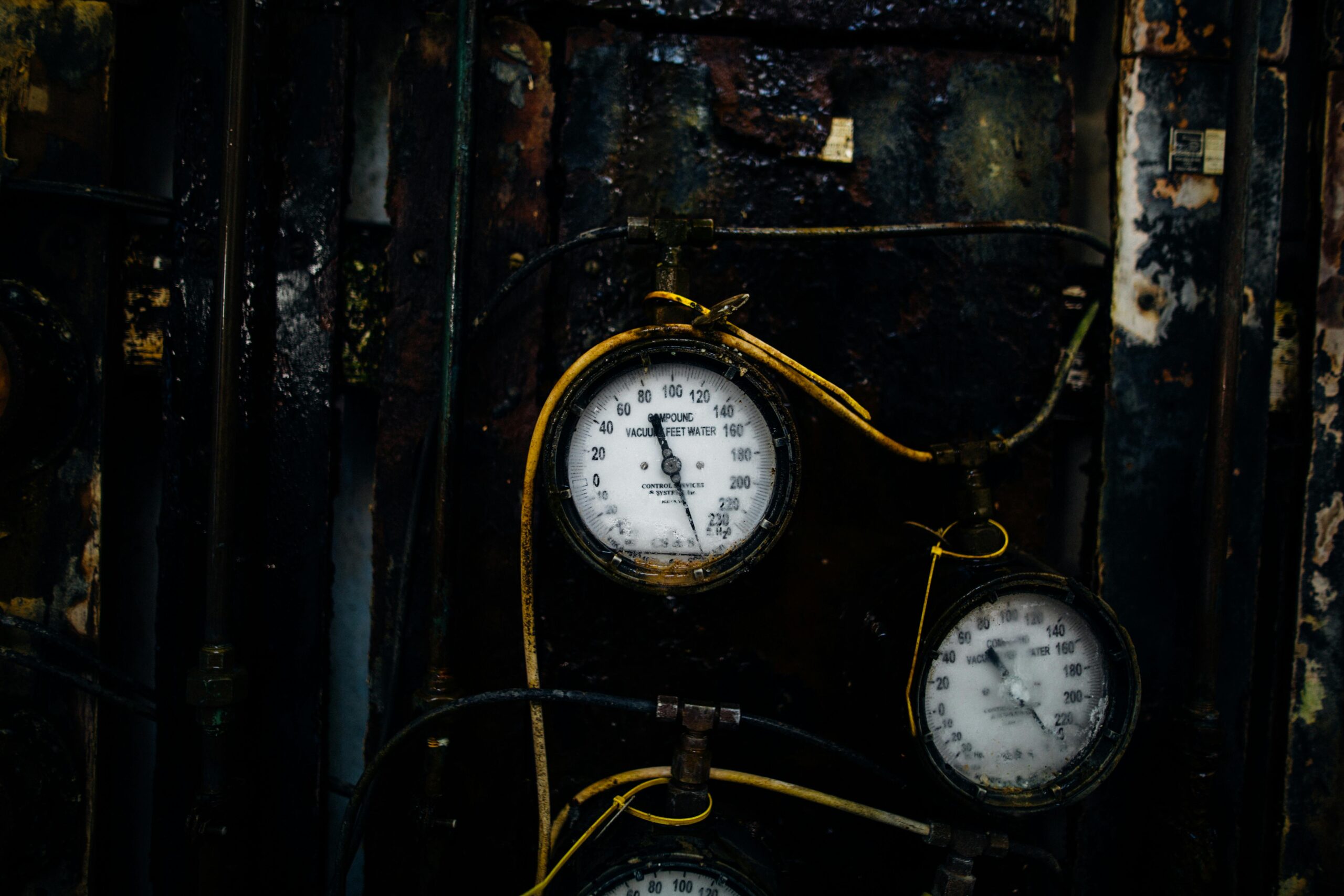
Pressure: Summary
Here is a clear and concise summary note for the lesson “Pressure”, suitable for NEB Grades 8–11, Bridge Course, or entrance exam preparation.

🔎 Definition of Pressure
Pressure is defined as the force applied per unit area of a surface.
Pressure (P)=Force (F)/Area (A)
-
SI Unit: Pascal (Pa)
-
Pressure is a scalar quantity (has magnitude but no direction).
🔑 Key Concepts
1. Factors Affecting Pressure
-
Directly proportional to force: more force → more pressure.
-
Inversely proportional to area: smaller area → higher pressure.
2. Pressure in Solids
-
Solids apply pressure by exerting force on contact surfaces.
-
Sharp objects exert more pressure due to a smaller area (e.g., knife edge, nail).
3. Pressure in Liquids (Hydrostatic Pressure)
-
Liquids exert pressure in all directions.
-
Pressure increases with depth and density.
Where:
-
= height (depth)
-
= density of fluid
-
= gravitational acceleration
-
4. Atmospheric Pressure
-
Caused by the weight of the air above us.
-
Standard atmospheric pressure at sea level is:
-
Measured using a barometer.
5. Pascal’s Law
“Pressure applied to a fluid in an enclosed container is transmitted equally in all directions.”
-
Basis for hydraulic machines like:
-
Hydraulic press
-
Car brakes
-
Lifts
-
6. Applications of Pressure
-
Wide shoes reduce pressure on snow.
-
Syringes, air pumps, and hydraulic systems.
-
Dam walls are thicker at the bottom due to higher water pressure.
📌 Important Units
| Quantity | SI Unit | Symbol |
|---|---|---|
| Force | Newton | N |
| Area | m² | A |
| Pressure | Pascal | Pa |
🧠 Remember:
-
More force + less area = higher pressure
-
Pressure in a fluid increases with depth.
-
Pascal’s Law explains how pressure is distributed in fluids.
⚓ Law of Floatation
The Law of Floatation states:
“An object will float in a fluid if the weight of the fluid displaced by the object is equal to the weight of the object itself.”
📚 Explanation
When an object is placed in a fluid (like water or oil), it experiences:
-
Downward force: weight of the object
-
Upward force: buoyant force or upthrust, caused by displaced fluid
🧪 Conditions for Floatation
-
Floating (object stays on the surface or partially submerged):
Weight of object=Upthrust (buoyant force), and
-
Sinking (object goes completely under fluid):
Density of object>Density of fluid
-
Suspension (neutral float) (object stays fully submerged but doesn’t sink):
Weight of object=Buoyant force, and Density of object=Density of fluid
⚙️ Applications
-
Ships and boats float despite being heavy (they displace a large volume of water).
-
Submarines adjust their buoyancy to dive or rise.
-
Hydrometers float at different levels in different liquids based on density.
🔑 Important Formulas
-
Buoyant Force:
Fb=ρfluid⋅Vdisplaced⋅g
-
Relative density using flotation:
Relative Density=Volume of object submerged/Total volume of object
🧠 Remember:
-
A lighter object (by density) floats more in a denser fluid.
-
Floatation is governed by Archimedes’ Principle and the balance of forces.
Quiz Tips
- Smaller area → higher pressure for the same force
- Pressure depends on P=hρg, not container shape
- Pressure at the same level in both arms must be equal
